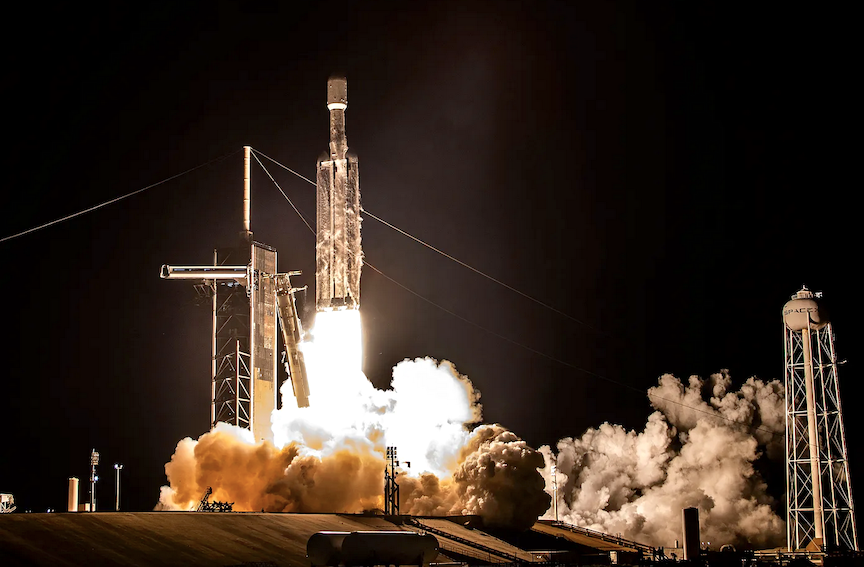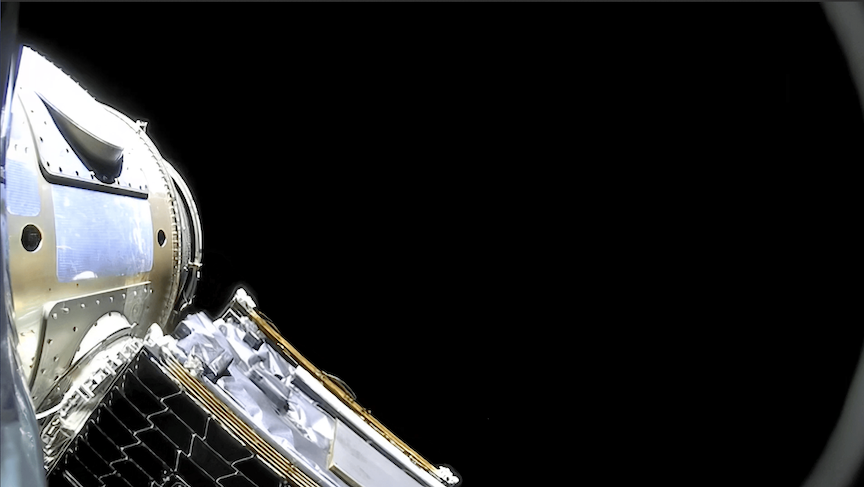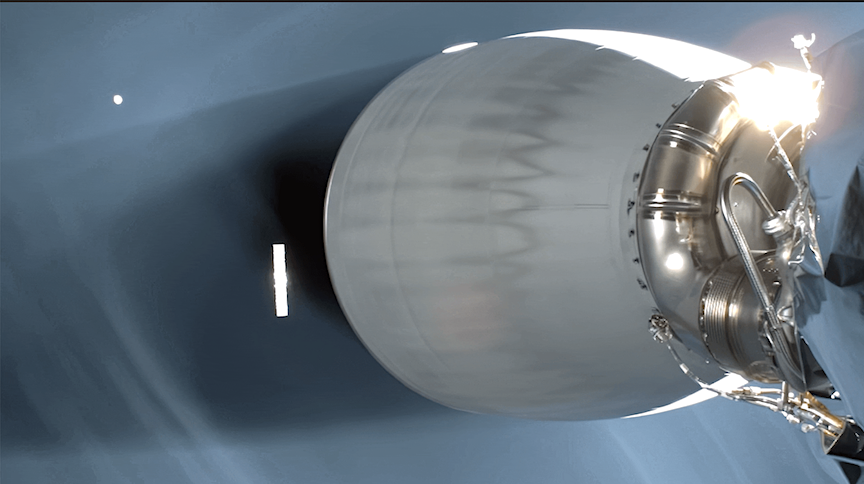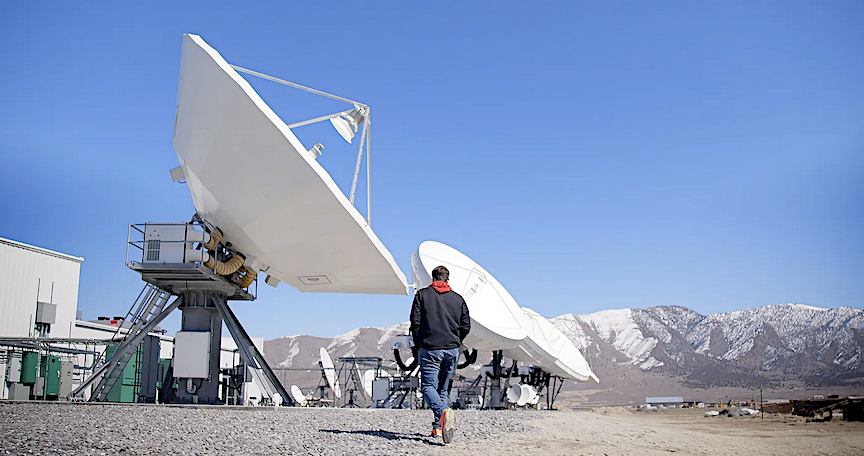
A few weeks ago, we launched our first Astranis satellite to GEO onboard a SpaceX Falcon Heavy rocket. The satellite is Arcturus, which is set to provide high-speed bandwidth to Alaska for our customer Pacific Dataport. I am extremely happy to report that our satellite has completed the orbital maneuvers necessary to arrive in its orbital slot in Geostationary Orbit (GEO), and has now completed a key end-to-end test connecting a gateway in Utah with multiple user terminals in Alaska for the very first time, with the payload performing above spec. The test was 100% successful.
Astranis has designed a new kind of satellite — and it works.
This test demonstrated the core functionality of Arcturus, with the payload fully powered on and including a test of Astranis’s proprietary software-defined radio — and it worked perfectly, on the first try. The test also demonstrated that the satellite could maintain tight positioning in its orbital slot, with high pointing accuracy, under total control of our Mission Operations team. That’s thanks to the successful operation of a variety of complex systems — avionics, power electronics, flight software, guidance navigation & control, onboard rocket thrusters, and more.

This means that we have a new way to connect the most remote and underserved parts of the planet. Our MicroGEO satellites will help get millions of people connected to the internet through our commercial customers, and importantly they are a new tool in the toolbox for the U.S. Department of Defense as it increases the resiliency of its fleet of satellites on orbit.
Achieving this milestone took years of work from some of the most talented hardware and software engineers in the world. I founded Astranis in 2015 with my co-founder and CTO, Ryan McLinko, and in the early years we wondered whether building a small comms satellite for geostationary orbit was even possible. We have now proved that it is.

It’s hard to overstate how many things had to go right for this demonstration to be a success:
- Executing the world’s first MicroGEO satellite development program — from initial R&D and design to assembly, test, launch, and on-orbit operations
- Completing a stable and thermally-regulated coast to geostationary orbit mounted to the second stage of the Falcon Heavy rocket, which required us to design a novel battery and thermal system bolted to the spare ESPA slot on our launch
- Successfully separating the spacecraft from the Falcon Heavy upper stage, quickly followed by deploying our solar arrays, boom, and subreflector — all mechanisms designed in house at Astranis
- Rapidly achieving a power-positive and thermally-balanced state in a near-GEO orbit
- Closing our TTC link, and acquiring telemetry and tracking data from the satellite — a milestone that we completed just 94 seconds after separation from the launch vehicle
- Gaining three-axis control of the vehicle, using a suite of sensors (gyros, sun sensors, star trackers) and actuators (reaction wheels, monopropellant thrusters)
- Demonstrating our ability to complete over-the-air (over-the-space!) updates to our flight software on orbit
- Commissioning our ground infrastructure, collecting telemetry from multiple ground stations all around the world, and commanding the satellite using our mission operations center in San Francisco
- Commissioning the satellite’s major systems — including nine separate Astranis-designed electronics assemblies, all of which are working as intended and without issue
- Completing an orbit raise maneuver — altitude raise, circularization, phasing relocation, and more — to traverse the GEO arc and settle precisely in our designated orbital slot above Alaska
- Powering on and doing initial checkout of our payload, including the Astranis-designed Software-Defined Radio, and all high-power amplifiers
- Demonstrating end-to-end communications in a key payload test
- Operating a cohesive team, on 24/7 shifts, flying the satellite and handling any issues that have come up with cool confidence

Achieving this kind success required the coordinated effort of hundreds of engineers. It is no small feat.
Importantly, working with our customer Pacific Dataport this satellite represents a major step forward for the people of Alaska. At full capacity, it will more than triple the amount of satellite bandwidth available in the state, bringing prices down and helping connect the 39% of the state that still lacks affordable access to reliable broadband internet.

It’s also a major step forward for Astranis. We are launching four more MicroGEO satellites later this year for customers around the world, and many more from there. Our orders over the next 24 months alone represent over $1 billion of satellite services, all based on our now-flight-proven design. But we’re just getting started. Stay tuned for more exciting news in the days and weeks to come.
Written by John Gedmark , “Cofounder & CEO of Astranis. Your friendly neighborhood rocket scientist.”
